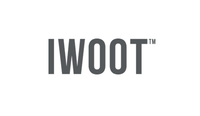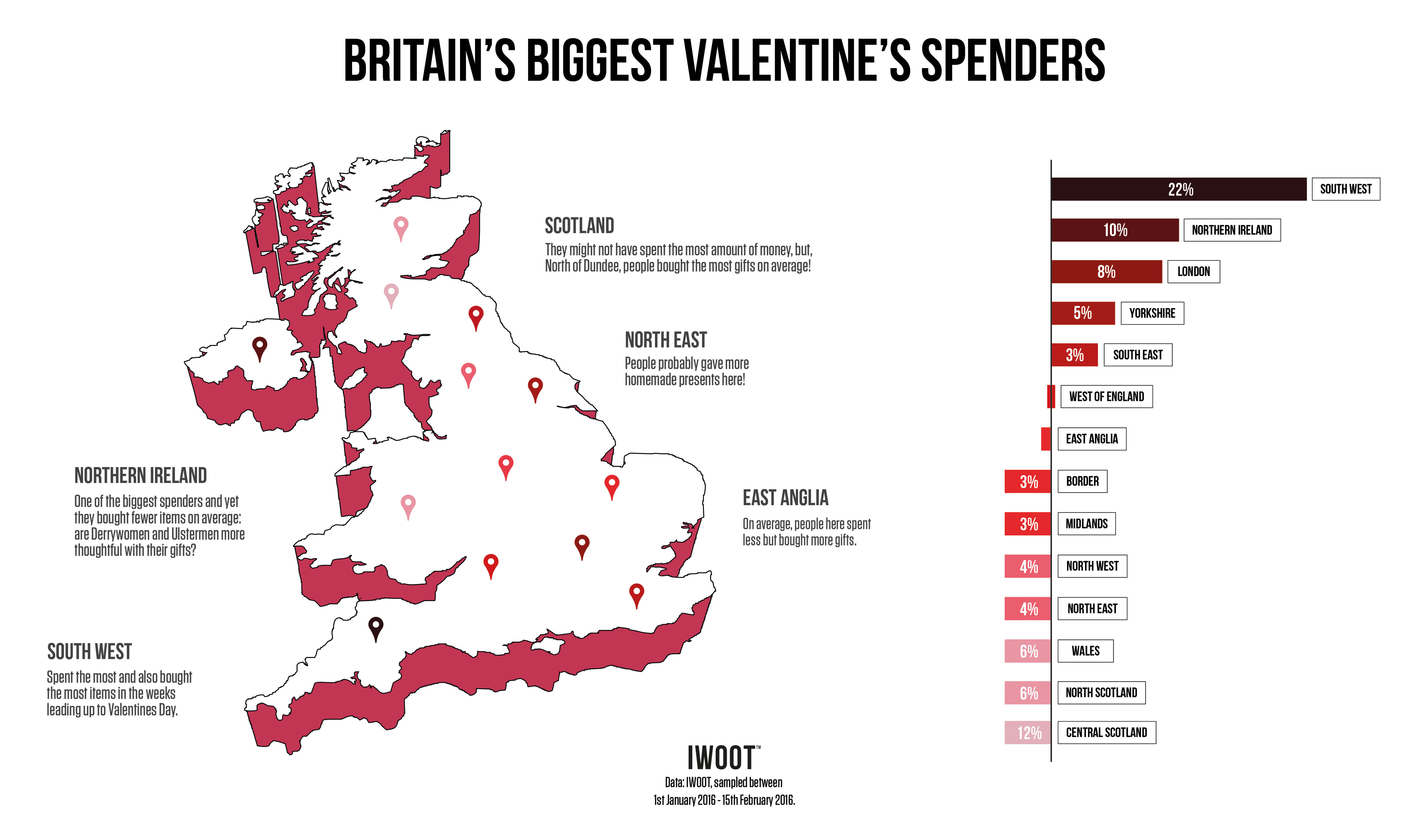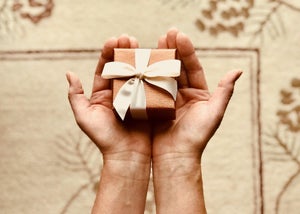
Just who are Britain's biggest Valentine's spenders? Looking at our own customer data over the period 1st January 2016-15th February 2016, we’ve explored which regions of the UK spent what on average in the run-up to Valentine’s Day, as well as who bought the most gifts – with some surprising results!

“The deeper the red, the more that region spent.”
Our map displays by region which areas spent the most on Valentine's gifts. The deeper the red, the more that region spent, relative to IWOOT’s UK average. The West of England – here based on HTV West grouping, including Bath, Bristol and Taunton – represented the national average spend. The South West – including Penzance, Bodmin and Exeter – was the biggest spending region on IWOOT last year leading up to Valentine’s Day; they spent 22% more than the national average. Central Scotland – North of Dumfries, South of Dundee – and the North East – encompassing Berwick-upon-Tweed and Middlesbrough – spent the least according to this data; both spent on average 12% less than the West of England.
“The West of England represented the national average spend.”
What we found, first, was that spending did not necessarily align with income. Comparing our data to the Office of National Statistics’ gross disposable household income bulletin of 2014, where London was the wealthiest region and Northern Ireland the least wealthy, we discovered that the Northern Irish were more generous than Londoners in the run up to Valentine’s Day. The ONS bulletin is available to read here. In any case, average spend did not simply equate to disposable income.
“Does spending more equate to being more thoughtful?”
When it came to number of gifts bought, London and the Midlands represented the national average. North Scotland was joint second-last with Wales for the amount spent on gifts (-6%) in the run up to February 14th, and yet they were joint-first with the South West for the number of gifts bought – 7% more than the national average. Does spending more equate to being more thoughtful? Or is it a question of quantity over perceived quality? And from a slightly different perspective, did you know that, according to one study, 53% of women in the United States said that they would end a relationship if they didn't receive a Valentine's day present? No pressure there then!

On the whole, the South West seemed to buy into Valentine’s Day more than other regions, as per our analysis. And yet, if money can’t buy you love, then, we imagine, simply giving someone a present shouldn’t buy you love either; so that, any gift is second only to the connection we share with the person we give that present to. In the words of the psychologist Carl Jung, “The meeting of two personalities is like the contact of two chemical substances: if there is any reaction, both are transformed.”









